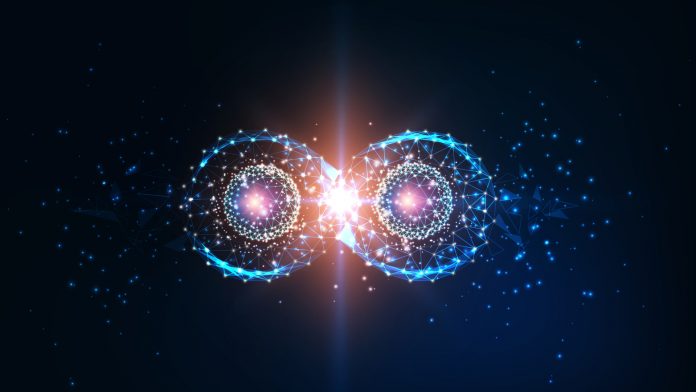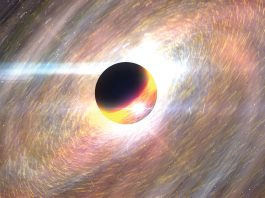Fermilab has published the first data from their muon g-2 experiment at the Brookhaven National Laboratory, sensationally revealing new evidence that physics beyond the standard model exists.
In a groundbreaking investigation that has had physicists worldwide waiting with bated breath for 20 years, the team announced their findings that look to have solved the muon conundrum – as muon values deviate from the standard model of particle physics.
The original aptly named muon g-2 experiment started back in 2001, taking the first experimental measurement of the g-2 value of muons; however, they could not produce accurate data until now due to not possessing modern equipment.
Muons are comparable with electrons, sharing many properties, the most distinct difference being that muons are considerably heavier. Muons transpire in the event of cosmic rays hitting the Earth’s atmosphere – with modern-day particle accelerators being able to manufacture them in substantial quantities.
Muons provide a measuring stick for physicists, as all interactions and elementary particles contribute with their respective properties of the muons g-factor, with the standard model of particle physics able to predict the supposed anomalous magnetic moment exceptionally accurately.
However, this methodology is thrown into disarray if additional forces or particles are not accounted for by the standard model, consequently changing the muons’ g-factor. This was exemplified in the 2001 measurement, which displayed a significant deviation of the experimental value compared with the standard model’s theoretical determined value – this being due to not excluding a random fluctuation of the measured value as a cause, which thanks to modern technology, can be resolved.
In the most recent Fermilab experiments, the measurements taken are incredibly advanced compared to the previous investigation, being highly precise and therefore more accurate. Perhaps what is most intriguing from their results is that they confirm the values of the 2001 experiment, indicating that the standard model of elementary particle physics is inadequate and giving a fresh perspective of the subatomic world.
Dominik Stöckinger, Professor at the Institute of Nuclear and Particle Physics at TU Dresden, said: “As theoretical physicists, we have worked for many years to develop theoretical predictions that could then be compared with this experiment. In our work, we have already seen that some, but by no means all, ideas for such new physics can explain this divergence.
We will now combine the result published today with other elementary particle experiments and analyse exactly what kinds of new particles, for example, dark matter particles, additional Higgs particles, or perhaps even more exotic particles, could best explain the observations in order to make progress in understanding fundamental physics.”









